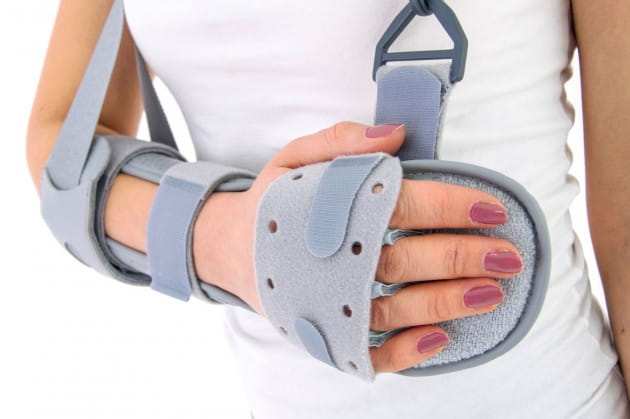Orthopedic Braces & Support, Casting & Splints Are Recommended To Prevent Further Injury Or Complications

Orthopedic Braces & Support, Casting &
Splints
Orthopedic braces and splints are medical devices that help to relieve pain, stiffness and inflammation in certain body parts. These devices are typically recommended by the doctor as part of a treatment plan for a specific condition, such as arthritis, tennis elbow, golfer’s elbow, carpal tunnel syndrome or sprains or strains in the hands, wrists, knees, or ankles. Depending on the severity of the condition, a physician may recommend wearing a brace or splint for short or long periods of time. Physician will give specific instructions for how to use a splint or brace, and how to care for it afterward.
Global
Orthopedic Braces & Support, Casting & Splints Market is estimated to be valued at US$ 7,399.5 million in 2022
and is expected to exhibit a CAGR of
6.5% during the forecast period (2022-2030).
A
cast and a splint are hard wraps that are used to support a part of the body
during an injury. They help reduce pain, swelling, and inflammation. They also
protect injured limb from further damage while it heals. Casts can be made from
plaster or fiberglass and are usually placed on the arm or leg in a doctor's
office. They' are very important as they hold the bones in place so they can
heal without movement or stress. They are also a great way to prevent any
further damage to the limb, such as broken ribs or shattered bones.
In Orthopedic
Braces & Support, Casting & Splints the Splints are similar to
casts except the hard part of a splint doesn't wrap around the injury
completely and they are held in place with the help of an elastic bandage or
other material. Splints can be easily adjusted by a healthcare professional. Some
doctors use splints to stabilize fractures and then replace them with casts
when the swelling goes down. This helps reduce the risk of a more severe
complication called compartment syndrome, which occurs when increased pressure
inside a cast compromises blood flow and causes tissue damage, including nerves
or blood vessels.
In Orthopedic
Braces & Support, Casting & Splints In the acute care setting, splints
are preferred for immobilizing fractures and preventing them from moving too
much or making the fracture worse. They are faster and easier to apply than
casts, and they are non-circumferential, meaning they allow natural swelling to
occur while reducing the risk of complications like compartment syndrome. The
most serious complication of splint use is compartment syndrome, which can
cause permanent nerve, blood vessel or muscle damage if the splint is too tight.
To avoid this, make sure to follow doctor's instructions and follow the splint
application procedures carefully to ensure a proper fit.
Breg, Inc., and Aspen Medical Products signed an agreement in November 2021, for enhancing their
efficiency to sell innovative spinal portfolio products.



Comments
Post a Comment